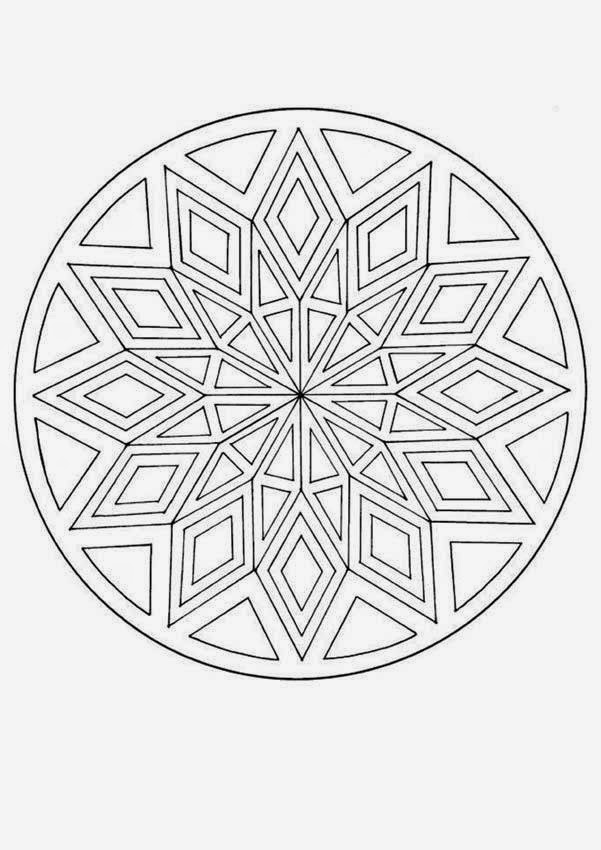What's a Mandala? Mandala is a sanskrit word that in colloquial terms refers to an intricate geometric shape in a primarily circular orientation. Now, you mandala experts out there are going to jump all over me for that overly simplistic definition, but that is generally how people who aren't experts think about it. If you want to get a little more specific, here goes (and you can get a lot more specific than this, too).
Mandala (Sanskrit: मण्डल Maṇḍala, 'circle') is a spiritual and ritual symbol in Hinduism and Buddhism. In the most general terms, it represents the Universe. The basic form of most mandalas is a square with four gates containing a circle with a center point, but the form may vary. Each gate is in the general shape of a T.
Mandalas usually exhibit radial balance, meaning they are symmetrical in form. Symmetry is generally pleasing to the eye. They do not have to include circles, but they usually do.
The term 'mandala' is of Sanskrit origin and appears in the Rig Veda as the name of the sections of that work. It also is used in other eastern religions, particularly Buddhism. Mandala can also refer to temporal empires, but empires come and go while mandala never dies.
Mandalas may are used most often to focus attention of practitioners and adepts, sort of as a visual mantra. It is a spiritual aid that allows the viewer to embrace the visual while freeing the mind. A good mandala will establish a sacred space. The point is to use it to establish the preconditions for meditation and trance induction.
If you travel in Asia, you almost certainly at some point will see mandala. They are particularly prevalent in the broad swathe of territory from the Indian subcontinent to Japan. In Japan, this would mostly be Shingon Buddhism, established by Kukai as a result of his travels to China. Tibet has its own branch of Vajrayana Buddhism. While mandala per se are not present in Western religions or art, similar shapes and patterns can be seen in some stained glass windows, though in not nearly the same form as the more advanced examples in the Far East.
The outer ring of a mandala represents wisdom. The innermost section represents the mandala palace, where the deities live. In between lies the shifting sands of human experience.
In a general sense, mandala is used to refer to any diagram, chart or geometric pattern that represents the cosmos metaphysically or symbolically. It is supposed to reflect a microcosm of the universe. When you see a mandala, your will immediately recognize it after you have seen a few.
2014

























No comments:
Post a Comment